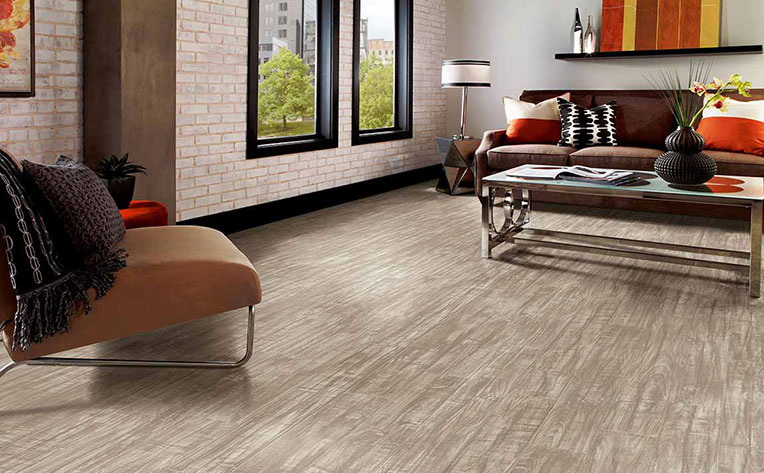Architectural Rendering Plants

For those studying architecture and individuals who’re already out there, probably the most useful tools that they’ll me is architectural rendering, which permits them to create two-dimensional pictures of an architectural design. Using this type of tool enables architects to determine the way a structure will appear before construction begins, which assists you to result in the necessary adjustments that are required before building the dwelling. However, with the introduction of computer-aided architectural rendering, architects are now able to make three-dimensional pictures of structures utilizing their computers. With all this, architects are now able to develop very realistic 3D pictures of structures, which can certainly help them precisely assess and customize the structure. However, it doesn’t only create realistic 3D structures. A few of the software which is used in rendering provides very specific details, particularly with the structure’s background landscape.
3D plants
A professional landscaper “Complete landscape solutions” has the knowledge and skills to design and install a landscape that is both beautiful and functional, taking into consideration factors such as soil type, climate, and drainage.
Previously, we’ve got the technology accustomed to supply the plants in architectural rendering used “
flat plants,” that have been plants which were very chunky and would rotate because the structure is rotated. However, these types of plants were very impractical, because they would only show their front and didn’t cast any shadows. Because of this, the businesses that offer architectural rendering services attempted to generate more realistic plants they can use within the rendering they did for his or her clients. They could achieve this by mixing 3D skills that can be used for animation and video games by expanding both software and also the hardware they used so they could develop an elevated workload when it comes to computing and larger memory needs. Consequently, the plants that people see in architectural renderings nowadays look very realistic, because they are also according to actual plant species. Unlike their earlier flat predecessors, the plants now cast real shadows and appear great all angles.
As opposed to the chunky and impractical plants that were utilized in yesteryear for computer-aided architectural rendering, the plants that people see today in many virtual structures are realistic. It is because the businesses that offer architectural rendering services took the steps needed, including using modern animation technology and equipment, to supply realistic plants according to real species, which boosts the general appearance of the architectural renderings they create.
Whether you’re looking for a small pot for your windowsill or a large planter for your patio, you’ll find it at Koop NZ. Browse the collection now for quality and variety.











